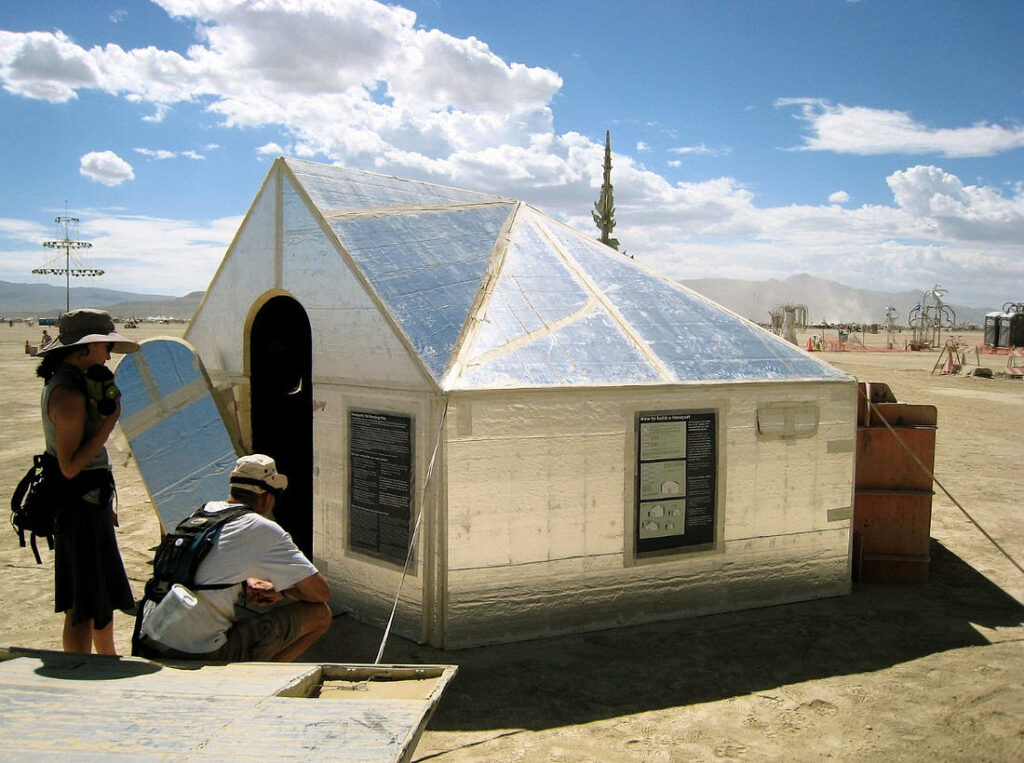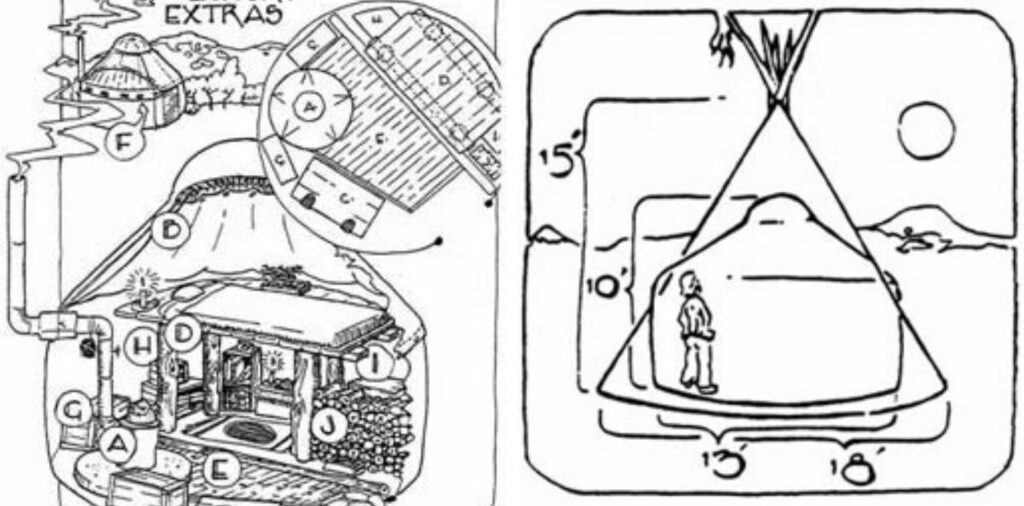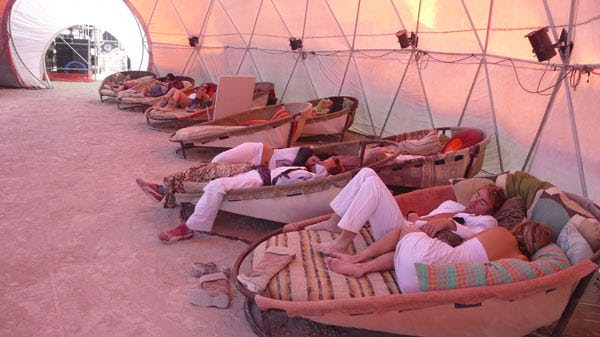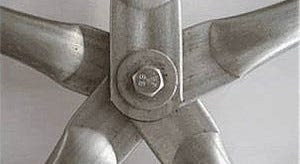Which Work Gloves Are Best?
Gareth's Tips, Tools, and Shop Tales - Issue #86
Do you like this newsletter? If you do, spread the love. The more subscribers I get, the more I can afford to invest in this effort (like the Skill Set series we just launched). Please help.
Which Work Gloves Are Best?

Todd puts heavy-duty work gloves to the test.
On the latest Project Farm, Todd puts ten pairs of work gloves through their paces. He tests impact damage, grip, wear, and cut resistance. The bottom line: The Milwaukee gloves performed the best, but at a cost of $35 a pair. The best performance-to-cost were the Ironclad gloves at $26 a pair.
Skill Set: Preparing a Mold Box
For the second installment of our molding and casting skill set series, we’re going to talk about mold boxes.
First off, I hope you have chosen a small object for casting. You want something that either has a flat bottom or that you can embed in some modeling clay to create a flat bottom in the final cast. For the one-part molding we are starting with, you can’t have any undercuts in your mold (see this Paige Russell molding intro to understand undercuts). Here are my two molding candidates.

The two items I plan to mold and cast.
The easiest of these is the sea shell. It is flat and has no undercuts. The New Rock keychain is rounded on both sides, so I will embed it halfway in clay (and if I want to fully recreate it, I will cast twice and glue together).

Paige Russell prepares a simple mold box.
For a simple and quick mold box, I will use some scrap foamboard hot-glued together. You want your box to be around ¼” bigger than the object, all-around. For the box, you can use any sort of non-porous material (wood, plasticard, blister packaging, etc.). And you want to make sure you glue it well so that the silicone molding rubber doesn’t leak out. Hot glue is great for this. See Paige Russell’s detailed Instructable on creating a mold box for a simple one-part mold.
Don’t forget, it you want to follow along with this series, you might want to pick up this starter molding and casting kit. And, if you are playing along, I’d love to see the object(s) you plan to cast.
Should You Laminate Your Vaccine Card?
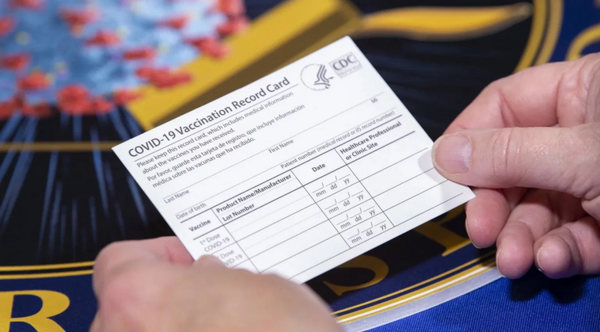
Hang on to this.
Last month, my Cool Tools and Boing Boing compadre, Mark Frauenfelder, posted on BB about whether it’s a good idea to laminate your vaccine card. The short answer is no. You might need a booster shot. To protect your card (which you may need in the future for travel and elsewhere), store it in a plastic badge holder. I ordered two for me and my better half on Amazon.
Spray Layout Fluid

Spray-on layout fluid.
Last year, I wrote a bit on what I called “machine bluing,” known to the rest of the world as blue layout fluid (used for dying metal so that you can scribe layouts and cut lines into it). The machinist who showed it to me (RIP, old friend) called it bluing and so have I ever since. I caught a lot of flak for that and at least now know what it’s actually called. What is certain is that layout fluid is… well… fluid. You brush it on. At least that’s the most common form. I just discovered that there is also spray-on layout fluid.
Recreating Adam Savage’s Loc-Line Lighting
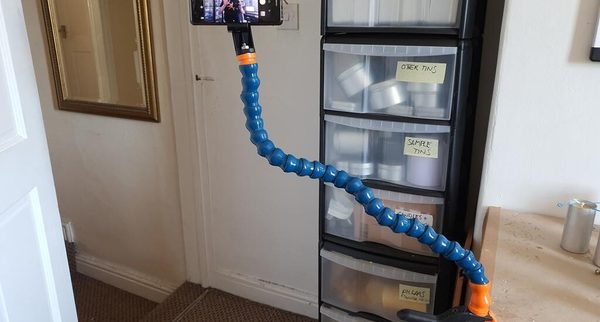
You need one of these!
I have written several times here (and in Make:, Adafruit, and HackSpace magazine) about my love for Adam Savage’s LocLine LED light panel bench lights. One of these on my painting bench has been a game-changer. One of my readers in the UK, Mark Hewitt, created a tutorial on the process of building one of these and has links to all of parts on Amazon for UK makers. Thanks, Mark!
Storing Retro Tech
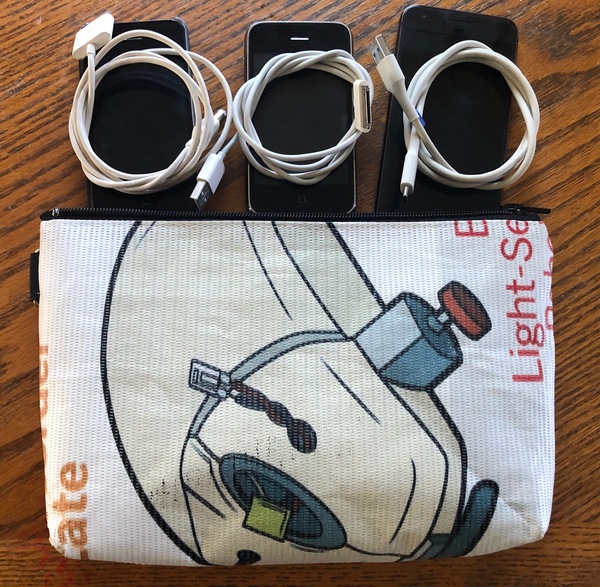
A rare moment of surprising organization.
I recent became separated from my phone for a few days. To be able to at least access email, web, and social media, I went hunting for an old phone that I could press into service. Now, generally, I’m not the most organized person in gene pool, so I was pleasantly surprised to find my past 3 phones all collected in a nice zipper case. I was downright shocked to discover that I’d even had the presence of mind to also store each phone’s charging cable and a USB power adapter with them. Good thing, too, cause all of them have different connector types. This was a great reminder to always store cables, connectors, etc. with old tech, in case you want to revive it or sell it. BTW: That lovely zipper case was a gift from Make:. It was made by BradBags of San Francisco and features a recycled vinyl Maker Faire sign featuring my Mousey the Junkbot, a light seeking robot made from an old computer mouse.
Notable Quotables
“A grinder and paint make you the welder you ain’t.”
– YouTuber AvE
First-Aid Tips
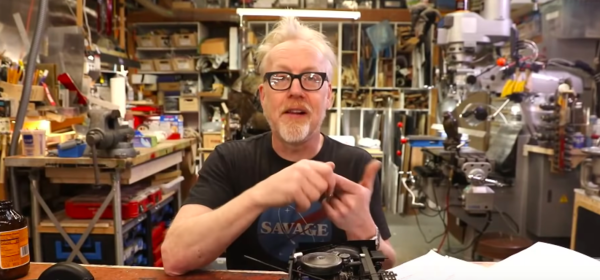
Adam got a boo-boo. Again.
In a recent Tested Q&A, Adam Savage answered several questions related to workshop organization. His best tip concerned shop first-aid: Always make sure your first-aid supplies are close at hand, organized so that you know where everything is without thinking about it, and that you can grab what you need with one hand (should you be bleeding with the other). I discovered the wisdom of this the hard way. I cut my hand badly several years ago and had to access my first-aid kit while my left hand was bleeding all over everything. I have a really nice kit (given to me ages ago by Cool Tools’ Kevin Kelly), but it’s stored in my bathroom closet in a zipper case. Trying to unzip it and get what I needed while mildly panicked and dripping blood all over was a real eye-opener. A much more sensible set-up I plan to put together is a plastic bin on a shelf in my shop that I can pull down one-handed. For supplies, Adam suggests having iodine, hydrogen peroxide, cloth bandages, gauze , dressing pads, butterfly closures , and triple antibiotic cream. He also has an eye-washer. I would add: tweezers, scissors, medical tape, aspirin, disposable non-latex gloves, and a decent emergency first-aid guide.
This has inspired me. I will be putting together one of these easy access kits and will be giving it away in a drawing of newsletter readers in the near future. Stay tuned.
Shop Talk
On the subject of using diamond knots on a backpack for light pickpocket deterrence, and a follow-up suggestion to use S-clip carabiners, reader KokoTheTalkingApe, had a great point:
I thought the point of the original complicated knot business was to put up some initial resistance to would-be thieves, and to LOOK as if the knots would be difficult to undo. Which they do, even though they’re quite easy to release. Also, the price is virtually nothing.
But it’s obvious how s-biners work, so I’d imagine they wouldn’t deter thieves as well as the knots. If the s-biners lock and if the lock switch is underneath, then they might actually not be so easy to open, but the idea was to keep them from even trying, wasn’t it?
If I wanted to make it actually difficult to open, then I might try some other strategy.
04/15/21





